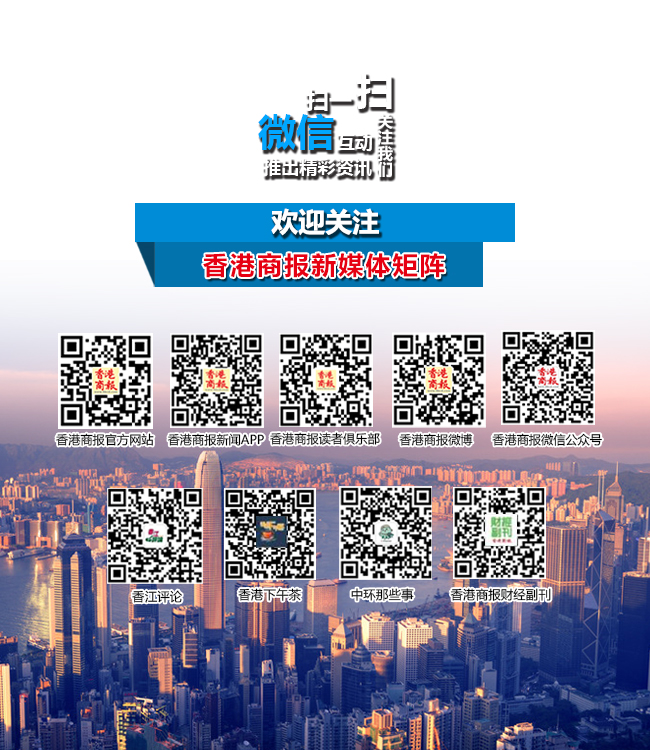华为副董事长兼首席财务官(CFO)孟晩舟去年12月初遭加拿大非法拘捕后,目前正处于保释阶段。此前她曾通过朋友圈及日记向外界传达自己的现状和心路历程。近日孟晚舟向日媒投稿,讲述华为与大学的合作,并谈及牛津大学叫停华为资助一事。
据日经中文网1月25日报道,孟晚舟向日本经济新闻(中文版:日经中文网)投稿,标题为《为什么华为重视与大学的合作》(Why Huawei values collaboration with universities)。
报道称,文章改编自孟晚舟去年在新加坡的一篇未发表的演讲,并于牛津大学本月决定停止接受华为的研究资金后交给日经亚洲评论。
对于牛津大学的举措,孟晚舟在投稿中表示:“华为从未想过从合作伙伴那里获取各种专利或研究成果”,今后将继续资助能带来科学与技术进步的基础研究。
孟晚舟投稿全文如下:
诞生于中世纪欧洲的大学在数个世纪的时间里,主要是为了将那个时代的知识传播到下一代而存在。人类知识的发展,当时主要是通过在同业公会制之下工作的人们来积累。但产业层面的经验积累和大学研究很少产生交集。
但是,学术界和产业界的关系在工业革命的时代发生改变。大学从单纯普及知识的“场所”变为了追求“知识”最前线的场所。詹姆斯·瓦特开发出近代蒸汽机,是在格拉斯哥大学负责修理效率低下的初期阶段蒸汽机之时。蒸汽机随后在制造业和交通工具等得到广泛利用。
到了1940~1950年代,民间企业和研究机构开始在基础研究领域发挥一定的作用。美国电话电报公司(AT&T)的贝尔实验室开发出晶体管、激光器和信息理论。随着美国德州仪器(TI)开发出集成电路,“摩尔法则”的时代到来。
现在,大学和企业前所未有地紧密结合。大学在人工智能(AI)领域走在基础理论研究的最前端,而谷歌、Facebook、特斯拉和华为等技术领先企业则正致力于理论的实用化。
18万名华为员工的近半数参与研发。最近10年的研发费用超过600亿美元,计划今后数年投入150亿~200亿美元。
我们要作为IT企业取得成功并生存下去,取决于研发部门能否准确地预测通信技术的发展。为了看清未来,要培育开放的企业文化,我们一直鼓励员工,推崇“一杯咖啡吸收宇宙能量”。这句话的含义是不要只顾着工作,要偶尔拿出时间,大家聚在一起,彼此让各种思想相互碰撞,这一点也非常重要。
为了培育和外部的合作关系,启动了“华为创新研究计划(HIRP)”,为全世界大学和研究机构构建了虚拟的咖啡吧,在这里,大家可以交流各种思想。首先于2010年在欧洲启动。通过这个计划为最具可能性的方案提供资金。通过HIRP,与全球前100的大学和30多个国家的国家级研究机构的学者紧密合作。
为了更广泛地支持基础研究方向与华为业务相一致的科学家们,我们在2014年扩充了HIRP。由HIRP支持的项目数超过1200个,许多都已经成功实现商业化。例如华为与德国慕尼黑工业大学联合研发的降噪技术已经用到手机上。另外德国国家工程院院士Josef Nossek教授提出将无线技术应用于光通信的构想,大幅降低了光传输产品所用芯片的功耗。
有一部分人似乎心存疑虑,但华为从未想过从合作伙伴那里获取各种专利或研究成果。英国牛津大学决定新的项目今后不再接受来自华为的资金援助,但我们的目的只是从研究人员的成功与失败中学习。
这种开放式的合作是消除横亘在科学与商业应用之间鸿沟的唯一方法。为此,不仅仅需要资金,还要保持耐心。因为有些基础性的理论投入到实际应用要花上数十年时间。
只有大学与企业开始相互合作,才能消除这种时间性的阻隔。大学不进行基础研究,产业就没有理论基础。如果没有产业界、学术界的知识就只能封闭在象牙塔里。
华为之所以向各种各样的大学提供资助,就是因为认识到大学里追求的科学研究就像灯塔一样照亮未来的发展方向。科学家是灯塔的所有者,研究成果可以按照研究者自身喜好的方向实现商业化。
华为今后将继续资助能带来科学与技术进步的基础研究。这样的合作活动不仅仅有助于华为的业务活动,还将给社会和整个产业做出贡献。
(注:投稿原文为英语,日经中文网刊登的中文内容由日语原稿翻译而成。)
Why Huawei values collaboration with universities
Meng Wanzhou
Universities originated in medieval Europe, where for centuries they existed mainly to pass existing knowledge on to subsequent generations。 Advances in human knowledge were driven primarily by craftsmen working in guilds。 Industrial craftsmanship and university research rarely crossed paths。
That changed during the Industrial Revolution, when universities went from simply disseminating knowledge to pushing back its frontiers。 James Watt developed the modern steam engine while repairing an inefficient early model at the University of Glasgow。 His refinements led to the widespread use of steam power for manufacturing and transport。
Private companies and institutes began playing a role in basic research in the 1940s and 1950s。 AT&T‘s Bell Labs invented the transistor, the laser, and information theory while an engineer from Texas Instruments ushered in the era of Moore’s Law by inventing the integrated circuit。
Today, universities and companies are collaborating more closely than ever。 Universities are leading the charge in basic theoretical researchon artificial intelligence while leading companies like Google, Facebook, Tesla and Huawei Technologies are putting scholars‘ theories to practical use。
Nearly half of Huawei‘s 180,000 employees are engaged in research and development。 Over the past decade, we have invested $60 billion in R&D and plan to spend $15 billion to $20 billion annually over the coming years。
As a tech company, our success -- indeed, our survival -- depends on how accurately our R&D predicts the evolution of future communications technology。 To get it right, we foster a culture of openness, encouraging employees to “absorb the energy of the universe over a cup of coffee。” This is a way of saying they should take time out of the work day to get together and bounce around ideas。
To foster collaboration externally, the Huawei Innovation Research Program provides a virtual coffee shop where we can exchange ideas with universities and research institutes around the world。 First launched inEurope in 2010, the program funds proposals that offer the greatest potential。 Through HIRP, we work closely with most of the world‘s top 100 universities and with scholars at 50 national laboratories in more than 30 countries。
In 2014, we expanded HIRP to support a wider range of scientists whose basic research aligns with our business。 To date, the program has funded 1,200 projects, many of which have successfully been commercialized。 For example, the noise canceling technology that we developed together with the Technical University of Munich is used in mobile phones。 We also work closely with Professor Josef Nossek, a member of the German Academy of Science and Engineering, whose application of wireless concepts to optical communications has reduced the power consumption of chips used in certain optical transmission products。
Contrary to what some have alleged, Huawei is not after our partners‘patents or research results。 While we have noted Oxford University’s decision to decline further funding for new projects from Huawei, our goal is only to learn from researchers‘ successes and failures。
This type of open collaboration is the only way to close the gap between basic science and its commercial application。 It requires not only funding but patience, as the journey from a basic theory to its practical adaptation may take decades。
We can only bridge this divide when universities and companies collaborate。 Without basic research by universities, industrial development would lack theoretical foundations; without industry, knowledge would remain cloistered in the ivory towers of academia。
Huawei supports universities so that scientific research can be a lighthouse that illuminates a path toward the future。 Scientists own the lighthouse, allowing them to commercialize the fruits of their research however they like。
Huawei will continue funding basic research that leads to advances in science and technology。 This collaboration will benefit not only our own commercial efforts, but industry and society as a whole。


